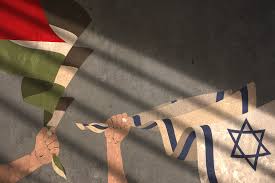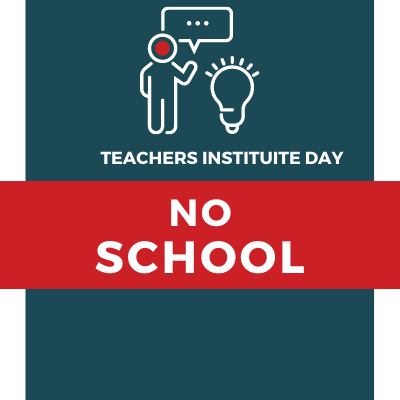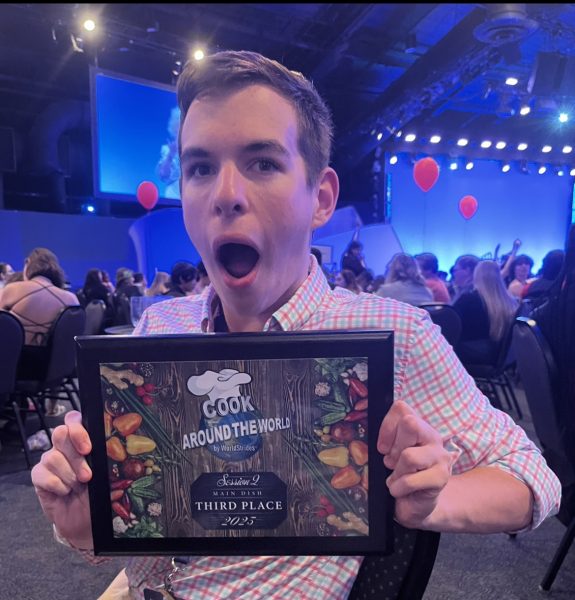With a student body of almost 3,000, Neuqua Valley has a diverse student population with a variety of perspectives and opinions. In a school this big, it may be easy for voices to be left unheard or drowned out. Neuqua Valley established the Student Equity Action Committee (SEAC) in 2020 to make sure every one of these voices is heard.
SEAC is a club that involves students from around the school to voice their opinions on issues of equity, diversity, and inclusion. “We really value the student voice,” says Ms. Christina Jakubas, the sponsor for SEAC, “And we want this club to be as inclusive as possible.” Everyone is welcome to attend meetings, including staff members who want to learn more about the students’ perspective. Topics discussed in this club are not limited to Neuqua, as members often talk about global issues.
The most recent discussion held by SEAC was about the Palestine-Israel crisis. This crisis has been felt personally by a lot of students. This roundtable discussion provided the opportunity for an open and honest discussion on, not only their opinions but their feelings as well. “The nice thing about a roundtable is everyone can share,” explains Ms. Jakubas, “but it also gives a chance for people to listen.”
Although this crisis has only recently caught the attention of the media, it has been going on for almost 80 years, initially starting in 1947, with its roots going even further back than that.
The Balfour Declaration was Britain’s pledge to establish a Jewish homeland in Palestine during World War I. This was during the fall of the Ottoman Empire when the Arab peninsula was divided by Great Britain and France, leaving the British troops to take control of the Palestinian territory.
In 1917, when the British initially took control, 6% of the population was Jewish, but by the end of 1947, it had risen to 33%. This change in demographics led to tensions between the new European Jewish settlers and the indigenous Palestinians, which led to clashes between the two groups.
As more and more fights broke out, the issue was handed to the United Nations which chose to partition the land. 55% of the land became Israel and 45% stayed in Palestine. Jerusalem became under international control, not fully belonging to either side. Despite this, the city was still divided. West Jerusalem became predominantly Israeli and East Jerusalem predominantly Palestinian.
In 1948, the most well-known event known as The Nakba took place. Over 700,000 Palestinians were displaced during The Nakba and the percentage of land belonging to Israel went up to 78%. The remaining 22% of Palestine is now the West Bank and the Gaza Strip.
Although being technically Palestine, both the West Bank and the Gaza Strip quickly came under Israeli control. Road obstacles and checkpoints were placed to limit the travel of Palestinians in the occupied West Bank.
The recent interest in the Israel-Palestine issue stems from the fights between the Hamas group and Israel. Hamas came to power in 2007 and was followed by Israel creating a blockade on Gaza. This siege is oongoingand the main focus of current media.
*AUTHOR’S NOTE: As this is an ongoing event, we urge you to keep up with it as best as you can and to do your own research on it!








